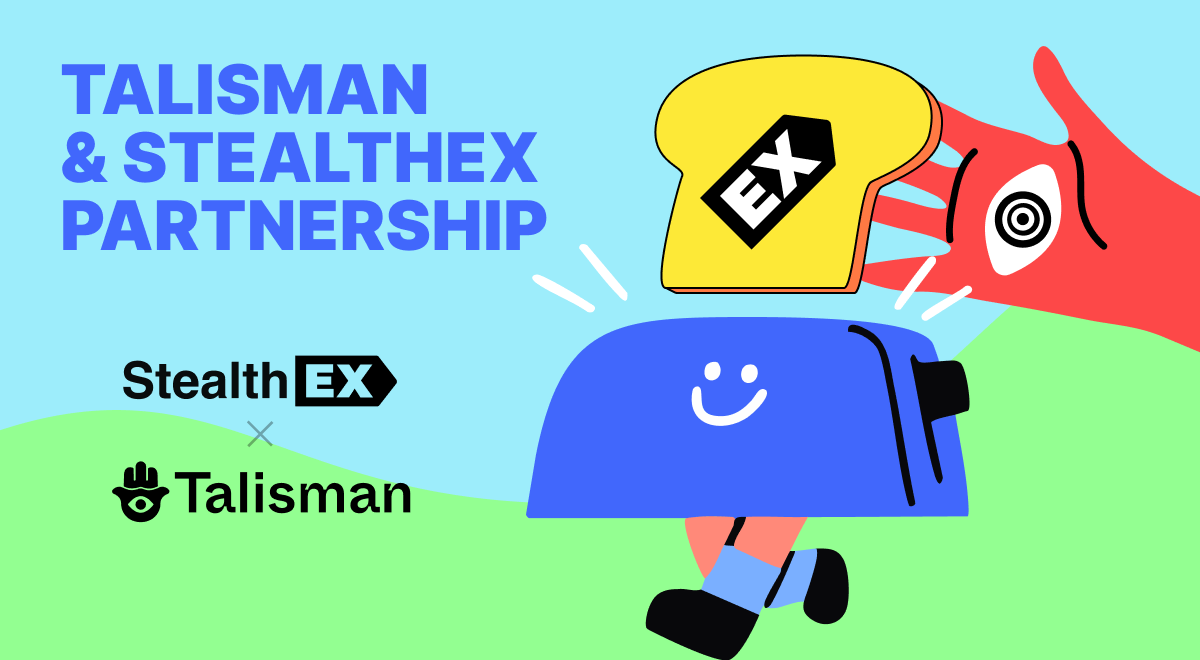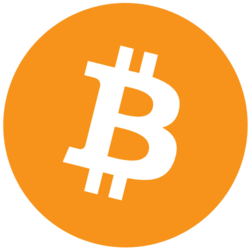Coin Launch Space is here to give you clear, accurate, and trustworthy information about crypto. Our team is made up of experts with real experience in crypto, finance, and new tech. Every article and page we publish is carefully reviewed by skilled editors to make sure it’s up to our high standards. We take pride in offering honest, easy-to-understand reviews based on real knowledge. Check out our editorial policy and see how we test and review crypto assets.
Imagine holding a digital token born from a vision of accessibility, mined not with heavy machinery but through the quiet tap of a smartphone screen. That’s Pi Coin—a cryptocurrency that’s sparked curiosity, debate, and a quiet revolution since its inception in 2019. If you’re one of the millions of “Pioneers” who’ve been nurturing your stash through the Pi Network app, you might be wondering: how do I turn this into something tangible? More specifically, how do I sell Pi Coin on Binance, the world’s leading crypto exchange, as we step into March 2025? Well, you’re in the right place. This guide is your roadmap—crafted with the latest data, a dash of enthusiasm, and a commitment to clarity—to navigating that very journey.
The Pi Network, dreamed up by a trio of Stanford PhDs, promised a world where crypto mining wasn’t just for the tech elite. Fast forward to today, March 1, 2025, and the project has crossed a pivotal threshold: the open mainnet launch on February 20, 2025. With that milestone, Pi Coin is no longer a speculative whisper—it’s a tradable asset buzzing across exchanges. And while Binance hasn’t officially listed Pi Coin as of this moment, the chatter in crypto circles suggests it’s only a matter of time. So, let’s unravel the process, explore the possibilities, and equip you with everything you need to sell your Pi Coin on Binance—or prepare for when that day arrives.
The State of Pi Coin in 2025: Where We Stand
Before we dive into the how-to, let’s set the stage. Pi Network’s journey has been a slow burn, a six-year odyssey from a mobile app to a fully-fledged blockchain ecosystem. For years, Pioneers mined Pi Coins daily, watching their balances grow while the tokens remained locked in an enclosed mainnet—a testing ground where they couldn’t be traded. That changed last month. The open mainnet launch unleashed Pi into the wild, and exchanges like OKX, Bitget, HTX, and MEXC wasted no time listing it. As of February 24, 2025, Pi Coin was trading at a staggering $92, according to Coinpedia, reflecting a frenzy of anticipation among miners eager to cash out.
Binance, however, remains a question mark. A community vote on February 17, 2025, saw 85% of participants rooting for Pi Coin’s listing, per Crypto News. Yet, Binance has clarified that the vote isn’t a guarantee—just a pulse check. Still, with its massive user base and reputation as a crypto kingmaker, Binance is the holy grail for Pi holders. If it lists Pi Coin soon (and many speculate it will by mid-2025), you’ll want to be ready. For now, we’ll walk through the process assuming it’s listed—and offer alternatives if it isn’t yet.
Why Sell Pi Coin on Binance?
Why Binance? Picture it as the bustling marketplace of the crypto world—a digital agora where millions trade daily. It’s not just about scale; Binance offers low fees (think 0.1% per trade), high liquidity, and a user-friendly interface that’s as welcoming to newbies as it is to seasoned traders. Selling Pi Coin here could mean quick transactions, competitive prices, and the option to cash out in fiat or swap for other cryptos like Bitcoin or USDT. Plus, its peer-to-peer (P2P) platform lets you bypass traditional trading hurdles, connecting you directly with buyers worldwide.
Contrast that with smaller exchanges or decentralized platforms, where liquidity might lag, fees could bite harder, or security feels less certain. Binance’s track record—handling billions in daily volume—makes it a beacon for anyone looking to maximize their Pi Coin’s potential. So, let’s get to the nuts and bolts of making it happen.
Step-by-Step Guide to Selling Pi Coin on Binance
Selling Pi Coin on Binance isn’t rocket science, but it does require some prep work. Here’s a detailed breakdown to guide you through every twist and turn. If Binance hasn’t listed Pi yet, treat this as your playbook for when it does—or adapt it to another exchange in the meantime.
Step 1: Complete Your Pi Network KYC
First things first: you can’t sell Pi Coin if it’s still stuck in the enclosed mainnet. To unlock your tokens, you need to complete Know Your Customer (KYC) verification on the Pi Network app. Open the app, head to the “Profile” section, and tap “KYC.” You’ll submit an ID (passport, driver’s license, etc.) and a selfie. The process can take a few days—or longer if the flood of Pioneers overwhelms the system post-mainnet. Once approved, your Pi Coins migrate to the open mainnet, ready for transfer. Without this, you’re locked out, so don’t skip it.
I remember chatting with a friend who mined Pi for three years, only to realize he hadn’t done KYC. He missed the initial price spike after the mainnet launch. Lesson learned: get this done early.
Step 2: Set Up Your Binance Account
If you don’t already have a Binance account, now’s the time. Head to Binance.com, click “Register,” and provide your email and a strong password. Next, you’ll tackle Binance’s KYC—similar to Pi’s, but stricter. Upload your ID and proof of address (like a utility bill). Approval usually takes a few hours, though it might stretch to a day during peak times. Once verified, enable two-factor authentication (2FA) via Google Authenticator or SMS. Security isn’t optional here; crypto scams are real, and you don’t want to lose your Pi to a hacker.
With your account live, you’re ready to bridge your Pi wallet to Binance’s ecosystem. It’s like opening the door to a global trading floor.
Step 3: Transfer Pi Coins to Binance
Assuming Binance lists Pi Coin, your next move is getting those tokens into your Binance wallet. Open the Pi Network app, navigate to the Pi Browser, and access your wallet. You’ll need your 24-word passphrase to unlock it—keep this safe and offline. On Binance, go to “Wallet,” select “Deposit,” and search for “Pi Coin” (or “PI”). If it’s listed, you’ll see a unique deposit address—copy it carefully.
Back in the Pi Browser, paste that address into the withdrawal section, enter the amount of Pi you want to send, and confirm. Double-check the address; a single typo could send your coins into the void. The transfer might take minutes or hours, depending on network congestion. Once it lands in your Binance wallet, you’ll see it under “Spot Wallet.” Congrats—you’re halfway there.
Step 4: Choose Your Selling Method
Binance offers two main ways to sell: spot trading and P2P. Spot trading is the classic exchange route—fast and automated. Navigate to “Trade” > “Spot,” find the PI/USDT pair (or whatever pair Binance offers), and decide between a market order (sell instantly at current price) or a limit order (set your price and wait). Enter your amount, hit “Sell,” and watch your USDT balance grow.
P2P is more hands-on. Go to “Buy Crypto” > “P2P Trading,” select “Sell,” and choose “PI” (if available). You’ll see buyers offering prices in fiat currencies like USD or NGN. Pick one with good reviews, agree on terms, transfer your Pi via Binance’s escrow, and receive payment directly to your bank or mobile wallet. P2P can dodge trading fees but takes trust—stick to verified merchants.
I’ve used both methods. Spot trading feels like a sprint—quick and clean. P2P is a negotiation dance, but it’s great if you want cash in hand fast.
Step 5: Withdraw Your Funds
Sold your Pi? Now decide what to do with the proceeds. If you swapped for USDT, you can keep it in Binance for future trades, withdraw it to another crypto wallet, or convert it to fiat. For fiat withdrawal, go to “Wallet” > “Fiat and Spot,” select “Withdraw,” and choose your currency. Link your bank account, input the amount, and submit. Fees vary—around $1-$15 depending on the method—and processing takes 1-5 days.
If Binance doesn’t support Pi yet, sell on another exchange (like Bitget) and transfer the funds to Binance for withdrawal. It’s an extra step, but it works.
What If Binance Doesn’t List Pi Coin Yet?
Let’s say it’s March 2025, and Binance still hasn’t jumped on the Pi train. Don’t despair—alternatives abound. Exchanges like OKX, Bitget, and HTX are already trading Pi Coin, per Webopedia. The process mirrors Binance: sign up, deposit Pi, sell, and withdraw. Bitget, for instance, kicked off Pi trading on February 20, 2025, at 8:00 AM UTC, according to Coinpedia. These platforms might lack Binance’s volume, but they’re solid bridges to liquidity.
Another option? Peer-to-peer trading outside exchanges. Platforms like LocalPi or Pi Network communities on Telegram connect you with buyers. Agree on a price, transfer Pi via the app, and get paid via PayPal, bank transfer, or crypto. It’s riskier—scams lurk—so use escrow services or deal with trusted parties. I’ve seen Pioneers swap Pi for silver or even a car, as noted by CoinCodex. Creative, but proceed with caution.
Tips to Maximize Your Pi Coin Sale
Selling Pi Coin isn’t just about hitting “sell”—it’s about timing, strategy, and safety. Here’s how to get the most out of it.
Watch the Market
Crypto prices are a rollercoaster. Pi hit $92 post-mainnet, but it could climb higher—or crash—as miners unload their stashes. Check CoinMarketCap for real-time data. Sell during a peak if you can stomach the wait; otherwise, a market order locks in today’s value.
Minimize Fees
Binance’s 0.1% spot fee is low, but withdrawals sting more. Compare rates across exchanges—OKX might charge less for bank transfers. Timing matters too; blockchain fees drop during low-traffic hours (late nights UTC).
Stay Safe
Scammers love hyped coins like Pi. Never share your Pi passphrase or Binance login. Use 2FA, avoid shady P2P deals, and verify wallet addresses. A friend once lost $200 in BTC to a phishing site—don’t be that guy.
Diversify Your Gains
Don’t cash out entirely. Swap some Pi for Bitcoin or Ethereum on Binance and hold. Crypto’s a long game; today’s $50 could be $500 in a year.
The Bigger Picture: Pi Coin’s Future on Binance
Pi Coin’s story is still unfolding. Critics call it a pyramid scheme—its referral system and delayed mainnet fueled skepticism. Yet, with over 50 million users and a growing ecosystem (think Map of Pi or PiFest), it’s carving a niche. Binance listing it could be the catalyst that legitimizes Pi—or exposes it to brutal sell-off pressure. Either way, it’s a chapter worth watching.
I’ve followed Pi since 2021, drawn by its promise of inclusivity. It’s not Bitcoin, with its energy-hungry miners, or Ethereum, with its coder elite. It’s a grassroots experiment—flawed, maybe, but fascinating. Selling your Pi on Binance could be your ticket to profit—or your contribution to its lore.
Your Next Move
So, where do you stand? Maybe you’re ready to sell now, riding the post-mainnet wave. Maybe you’ll wait for Binance’s green light, hoping for a bigger payout. Whatever your play, this guide arms you with the tools to act. Crypto’s a wild frontier—part gold rush, part chess match. Pi Coin’s your piece on the board. How will you move it?
Start by checking Binance’s listings today. If Pi’s there, follow these steps. If not, explore Bitget or OKX, or join the Pi Network community for updates. The future’s unwritten, but you’re part of it. Let’s see where this journey takes us.
Disclaimer: The content provided reflects the authors personal opinions and is influenced by current market conditions. Conduct thorough research before making any cryptocurrency investments. The author and the publication are not liable for any financial losses you may incur.






















